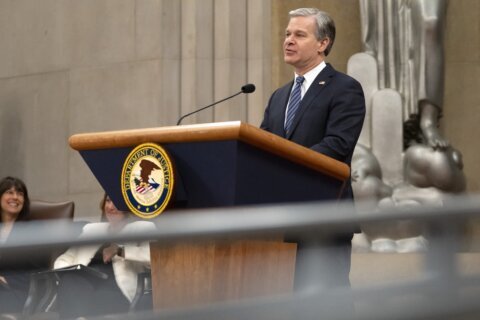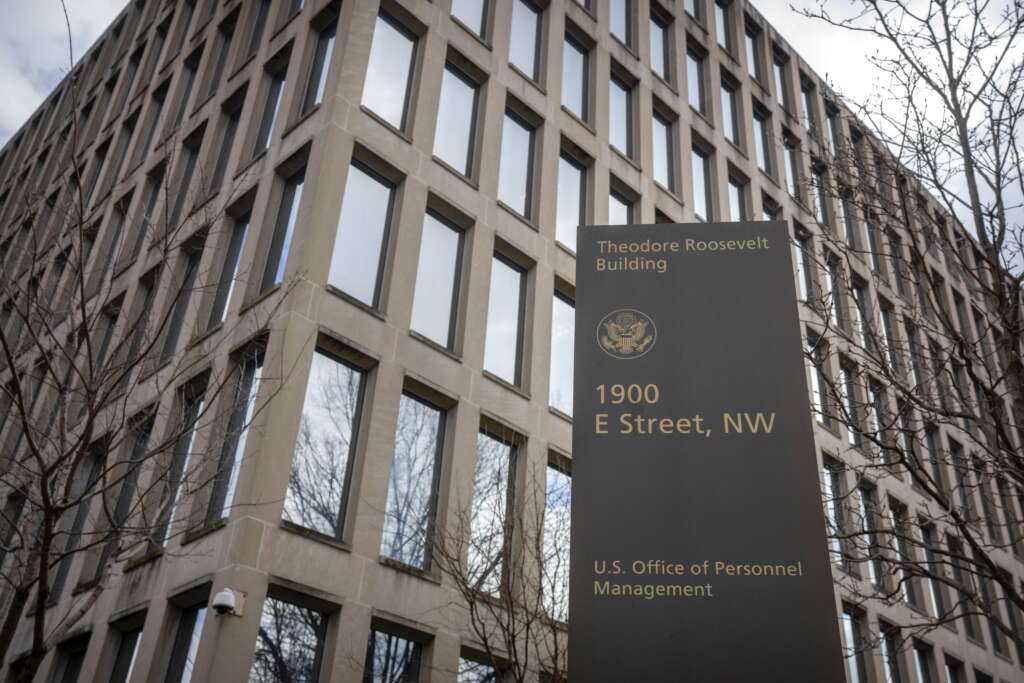WASHINGTON – It’s one of the busiest highways in the Washington metro area. And it’s also one of the most likely places to encounter a wreck.
Newly released numbers from the Maryland State Highway Administration show that the section of the Capital Beltway between Georgia Avenue and Rockville Pike sees an average of 260 documented crashes per year.
The figure is based on a five-year count between 2008 and 2013. The actual number of crashes is likely much higher, since many fender-benders and spin-outs often go unreported to police.
There have been five fatal crashes over the last five years.
The frequency of wrecks is linked to the route’s high demand. This 4-mile stretch of the Beltway carries almost a quarter of a million vehicles per day – that adds up to almost 80 million drivers every single year.
Maryland State Highway Administration spokesman David Buck says that the number of incidents is all a matter of perspective.
“On I-495, the sheer volume alone increases the potential for a rear-end or fixed- object crash,” Buck says.
He adds that 44 percent of the annual crashes on the north side of the Beltway are rear-end crashes. The others are the result of a vehicle striking a fixed object.
“These types of crashes are preventable and require a driver to stay in complete control of their vehicle at all times, including driving the appropriate speed limit for conditions at that time.”
The Maryland State Highway Administration reports that more than 93 percent of all crashes in the state are attributed to driver error. Not surprisingly, the bulk of the accidents on the Montgomery County section of the Beltway occur when it rains.
The corridor is sometimes informally referred to as “The Roller Coaster” due to its many curves, dips and hills. The stretch of the Beltway through Silver Spring winds through the Sligo Creek and Rock Creek valleys.
When the Beltway was designed in the mid-1950s, substantial suburban development made designing a highway to interstate standards difficult. The first rendition of the road was a four-lane parkway, intended only to serve cars at moderate speeds. Eventually, the road was rebuilt to meet federal highway standards, but it largely followed its preexisting, windy path through Montgomery County.
Maryland state law requires that all interstates, including the Beltway, must have a minimum speed limit of 55 mph. Buck says that there are no plans to reevaluate the speed limit or signage on the Beltway.
Yellow advisory speeds limit signs are placed in areas where motorists should be extra cautious.
Follow @WTOP and @WTOPTraffic on Twitter and WTOP on Facebook.













